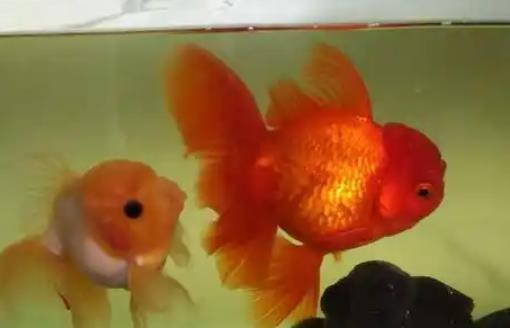Goldfish reproduce by laying eggs, rather than giving birth to live fry directly. Goldfish are oviparous animals, and they reproduce their offspring through external fertilization and external hatching. During the breeding period, the female fish will first release fish eggs, and then the male fish will release sperm for fertilization. The fertilized fish eggs need to be hatched in a suitable environment, which usually takes 5 to 7 days.

The Reproduction Process of Goldfish
Egg Laying: The female fish will lay eggs first, and the male fish will then release sperm to mix with the eggs for fertilization. To ensure the success of fertilization, the ratio of female to male fish can be controlled at 3:1 to increase the fertilization rate.
Hatching: The fertilized fish eggs need to be hatched under suitable water temperature and water quality conditions. The water temperature should be maintained at 20~25℃, and the water quality should be kept clean to prevent the whitened and moldy fish eggs from polluting the water.
Hatching Time: Generally, after 5 to 7 days, the fry can be successfully hatched. Start feeding them after the fry can swim.
The Reproduction Conditions and Environmental Requirements of Goldfish
Water Quality: Goldfish have relatively high requirements for water quality. The suitable pH value is 4.5~5.5. Change the water within 60 hours after egg laying to keep the pH below 5.5 to avoid affecting the parent fish.
Water Temperature: The water temperature should be maintained at 18~26℃. When the oxygen content is relatively high, it is more conducive to the hatching of fish eggs.
Environment: Putting some aquatic plants in the water can create an excellent egg-laying environment for goldfish. At the same time, prevent the parent fish from mistakenly eating the eggs.
By understanding the reproduction process and environmental requirements of goldfish, we can better help goldfish reproduce and increase the success rate of hatching.
